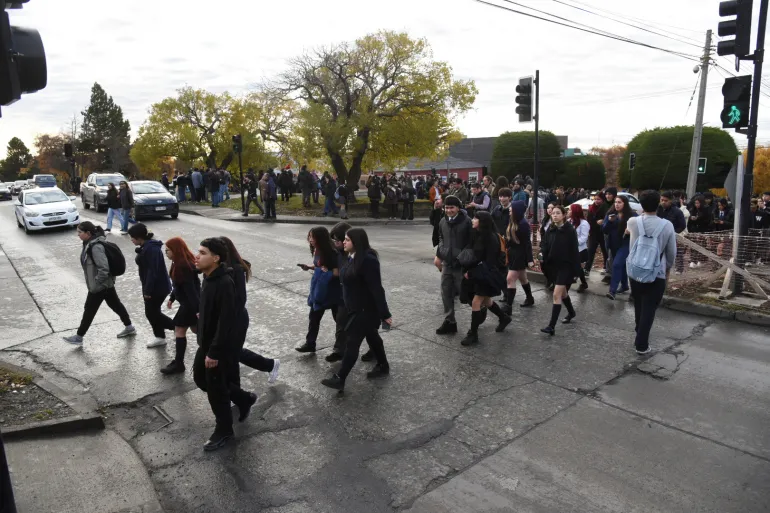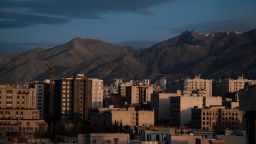A powerful 7.4-magnitude earthquake struck the southern coasts of Chile and Argentina on Friday, May 2, triggering widespread tsunami alerts and precautionary evacuations in the region. The tremor was felt across southern parts of both countries and caused significant initial concern, though no damage or casualties have been reported so far.
According to the United States Geological Survey (USGS), the earthquake struck at approximately 2:55 p.m. local time. The epicenter was located in the Drake Passage, roughly 219 kilometers south of the Argentine city of Ushuaia, with a shallow depth of 10 kilometers, a factor that often increases surface-level shaking. This offshore quake occurred in a seismically active area where the South American Plate interacts with the Antarctic Plate.
Following the quake, Chile’s National Service for Disaster Prevention and Response (Senapred) issued immediate evacuation orders for coastal areas in the southern Magallanes region and the Chilean Antarctic territory. The Hydrographic and Oceanographic Service of the Chilean Navy (SHOA) confirmed the tsunami threat, stating that waves could affect bases in Antarctica and coastal cities such as Punta Arenas and Puerto Williams.
Sirens were sounded in affected areas, prompting swift evacuations. Residents were instructed to move to higher ground, with emergency services and local authorities coordinating responses to avoid panic and ensure orderly movement. Social media and local news outlets showed footage of people calmly evacuating to safe zones, bundled in heavy coats as cold southern winds swept through the region.
President Gabriel Boric issued a statement shortly after the quake, urging citizens to follow official guidance and not to return to coastal zones until given the all-clear. “Our emergency systems have been activated, and all necessary resources are in place to assist citizens and monitor the situation,” he said.
Though initial fears of a tsunami were high, the alert was later downgraded after monitoring showed no significant rise in sea levels. SHOA confirmed that no abnormal waves had been detected near major coastal cities by early evening, although authorities advised residents to remain cautious and keep away from beaches and docks as a safety measure.
In Argentina, tremors were felt as far north as the city of Río Gallegos. Ushuaia, the world’s southernmost city, experienced noticeable shaking, prompting local authorities to suspend all maritime activity in the Beagle Channel for at least three hours as a precaution. Emergency services remained on high alert, but no structural damage or injuries were reported in the province of Tierra del Fuego.
In Argentina, tremors were felt as far north as the city of Río Gallegos. Ushuaia, the world’s southernmost city, experienced noticeable shaking, prompting local authorities to suspend all maritime activity in the Beagle Channel for at least three hours as a precaution. Emergency services remained on high alert, but no structural damage or injuries were reported in the province of Tierra del Fuego.
“This latest quake reinforces the need for constant vigilance and robust emergency preparedness,” said Valeria Martínez, a geophysicist at the University of Chile. “We are fortunate there was no damage, but the potential for future events remains high.”
Authorities in both Chile and Argentina praised the public’s response, noting the quick and orderly evacuations as a sign that years of disaster preparedness drills and awareness campaigns have paid off. Civil protection agencies confirmed they would continue monitoring the situation through the night, ready to respond to any aftershocks or delayed wave activity.
Though the immediate danger has passed, both governments urged citizens in coastal areas to stay informed via official channels and avoid returning to evacuated zones prematurely. By nightfall, many evacuees had begun to return home cautiously, relieved but reminded of the volatile natural forces that shape their region.
Source; Al Jazeera



